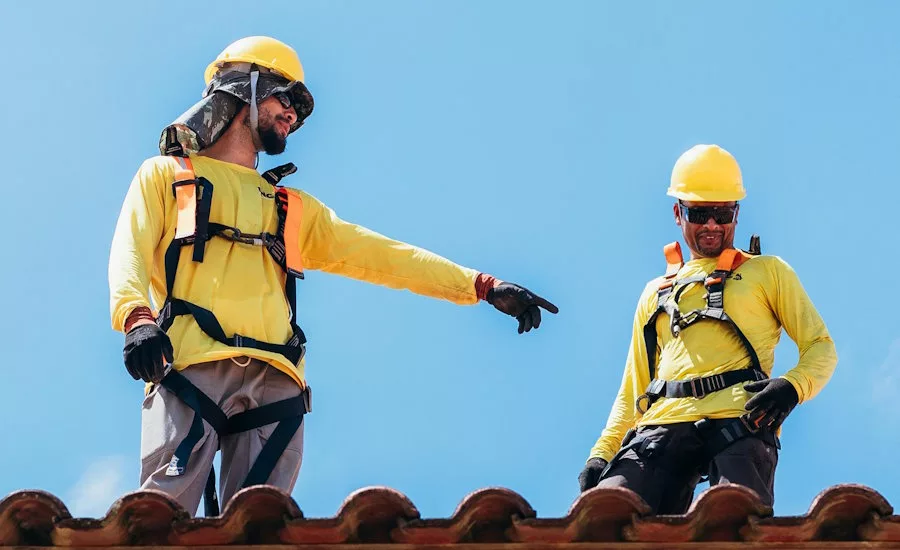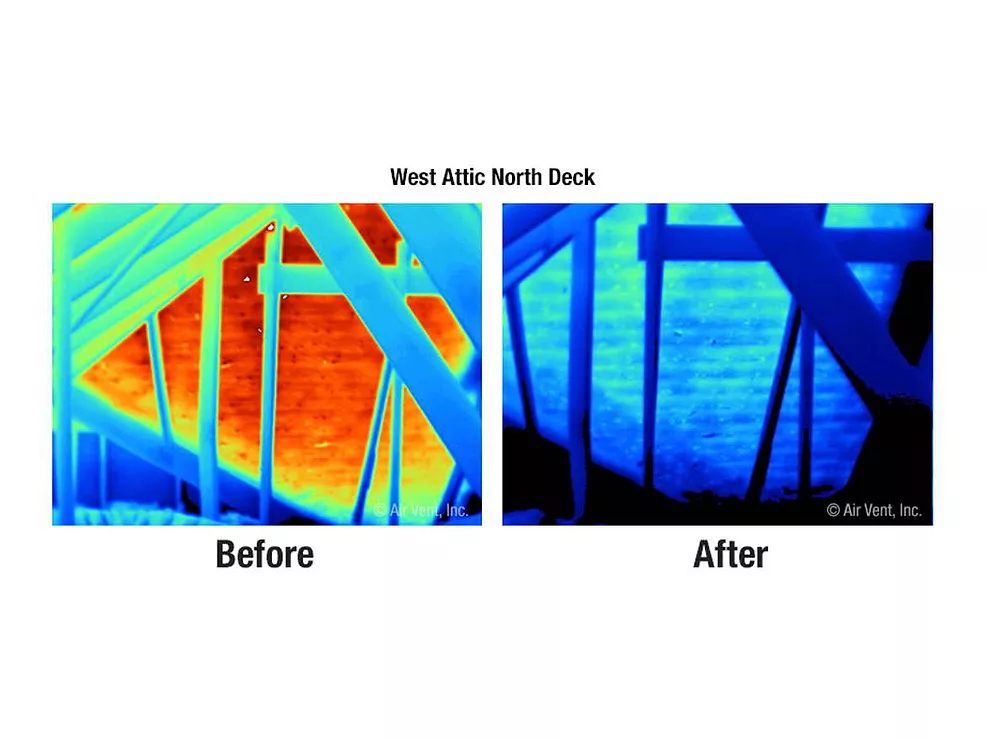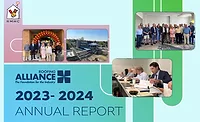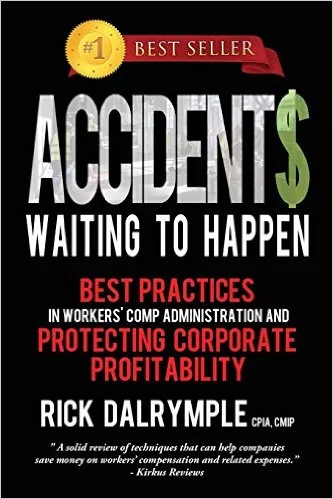News Analysis
OSHA Vacates $79K In Fines, Fails Burden of Proof
Administrative law judge finds Labor Department failed to show subcontractors were being supervised
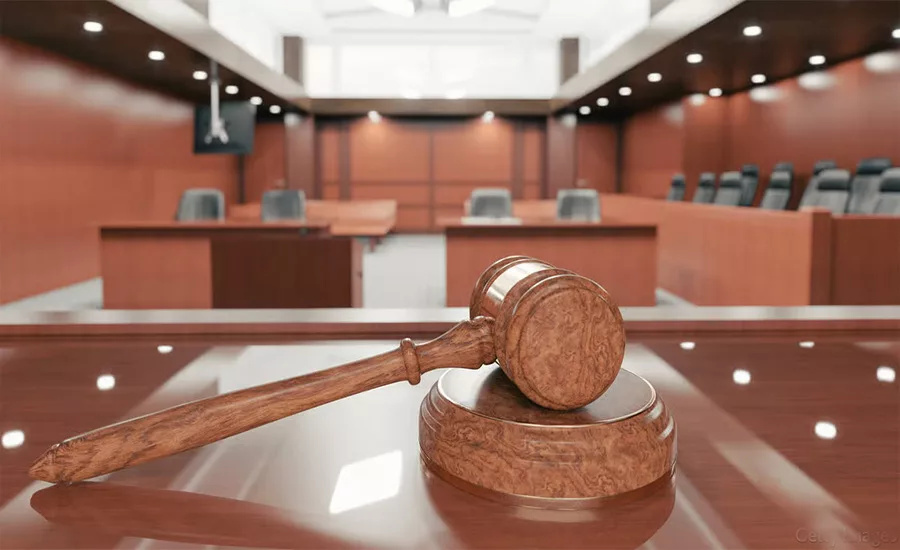
In Secretary of Labor v. Pettengill Family Restoration LLC, OSHA’s four fall‑protection citations and nearly $79,000 in fines were vacated after a judge ruled the unprotected roofing crews were independent contractors, not employees.
— Image courtesy of CATO Institute
Underscoring the burden of proof principle, the Occupational Safety and Health Review Commission last Monday threw out four fall protection citations and nearly $79,000 in penalties against a Missouri construction company.
The ruling, adjudicated on June 9, hinged on a single question: Were the crews working without harnesses or guardrails employees of the company that pulled the permit or genuine independent contractors?
The case, Secretary of Labor v..Pettengill Family Restoration LLC, dates back to 2023. OSHA had cited Pettengill following 2023 inspections that flagged multiple crews for failing to use required fall-protection equipment, some of which were tagged as repeat violations and carried doubled minimum fines of $13,260 apiece.
Business Insurance reported that the company named in earlier citations was owned by the same person but operated under the name Pettengill Construction, which did not contest the earlier citations.
Applying the agency’s economic‑realities test, Administrative Law Judge Eric M. Conn found “no evidence … that [the company] ever directed any work on a job, supervised any worker or worksite … or in any way monitored or inspected—or even visited—actual construction sites.” He added, “Only an ‘employer’ may be cited for a violation of the Act,” a threshold requirement that proved fatal to the case.
RELATED
Legal Issues with Subcontractors
“OSHA has the burden of proof in the case to prove the violation,” said Trent Cotney, head of the Construction Law group at Adams and Reese and Roofing Contractor’s Legal Insights columnist. “It failed to present evidence sufficient to show these 1099s were misclassified.”
Cotney noted that OSHA could have invoked its multi‑employer worksite doctrine — under which a prime contractor can be deemed a “controlling employer” if it holds contractual or supervisory authority — but presented no proof of such control over Pettengill’s subcontracted crews.
The judge summarized the case succinctly: "Only an ‘employer’ may be cited for a violation of the Act.”
OSHA had to demonstrate that Pettengill Family Restoration was the workers' employer under the Act. Because the government did not fulfill the requirement, the citations were deemed invalid.
Roofing contractors should draw two lessons from the ruling. First, true independent contractor relationships must be reflected in practice: crews should set their own schedules, supply their own tools, and receive minimal oversight.
Second, firms that intend to assume safety-compliance duties should document any on-site inspections, supervisory roles or contractual rights to control work conditions.
The ruling demonstrates that OSHA must meet strict tests for status and control before issuing citations, guiding roofing companies in balancing subcontracting flexibility with safety standards. It also shows that contractors sometimes catch a break when the government fails to do its job.
Looking for a reprint of this article?
From high-res PDFs to custom plaques, order your copy today!

